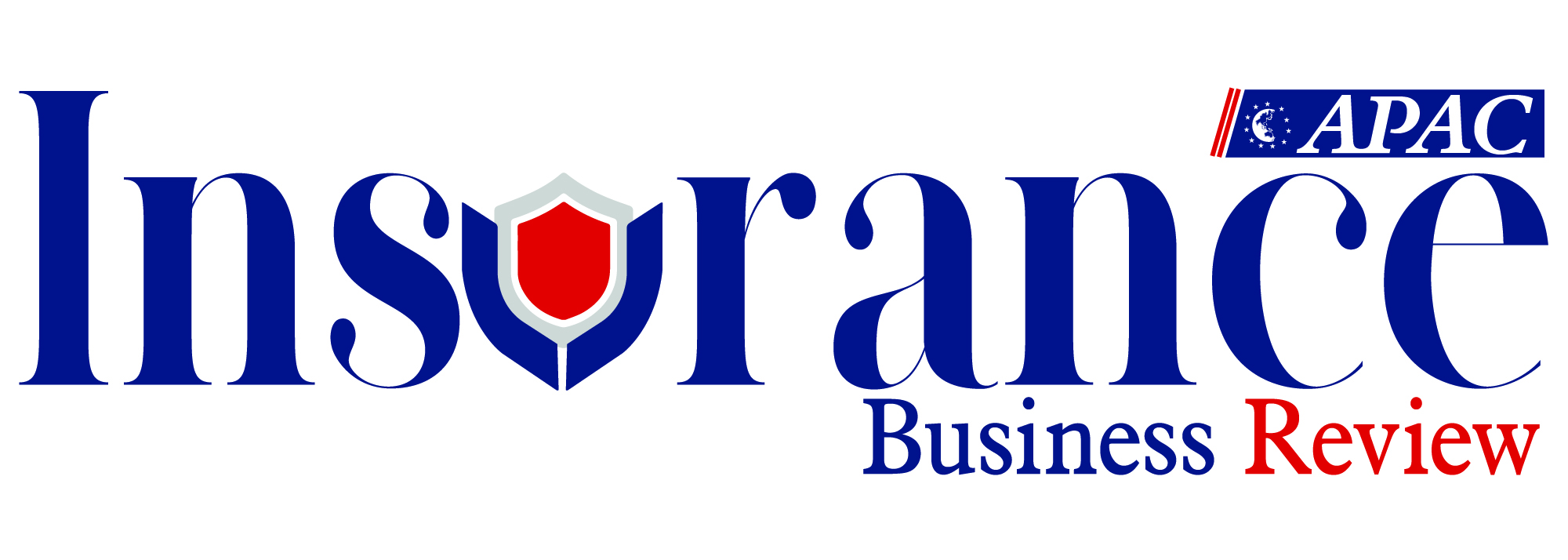Thank you for Subscribing to Insurance Business Review Weekly Brief
Techniques to Enhance Insurance Investigations.
Strategies to Improve Insurance Investigations.

By
Insurance Business Review | Wednesday, June 08, 2022
Stay ahead of the industry with exclusive feature stories on the top companies, expert insights and the latest news delivered straight to your inbox. Subscribe today.
Insurance researches with digital tools define the potential of claims fraud and enable investigators to recognize valid claims.
FREMONT, CA: Studies reveal that insurance frauds record for U.S.D. 40 billion dollars annually. Insurance fraud adversely affects insurers and policyholders. Insurance companies employ technological tools such as machine learning (ML), IoT, and blockchain to witness and avert insurance fraud.
A useful database of claims procedures and policyholder information can restrict the extent of insurance fraud. The advantages of digital tools improve insurance investigations.
Policyholder conduct patterns and refined analytics: Machine learning (ML) systems notice similar fraudulent incidents. Supervised ML models need insurers to classify and tag each incident as either fraud or non-fraud. Ml algorithms, over time, take on parameter weights and can organize fraud cases for insurers to study. Unsupervised algorithms are applicable for noticing new anomalies. Behavioral analytics operations data from browsing history, clicks, and location. It allows insurers to decide the validity of policyholders' shares. Investigators employ avant behavioral analytics to notice fraudulent claims via claims of non-existing or extra damage. Investigatigators utilize outcomes from analytics to root out fraudulent claims. False claims include adulterated data that enclose extra policies not initially concealed by the insurance policy.
Claims handling with chatbots: Chatbots employs natural language processing (N.L.P.) algorithms to handle claims processing. Chatbots finish procedures fastly and do not present potential fraudsters' time and details to change policy data. Policyholders can offer the first notification of loss (FNOL) without human example by tracking chatbot instructions.
Consider the cost of loss with computer vision: Computer vision models assemble visual input such as images and videos. It asses the price of the loss by considering videos and photos taken to present an FNOL. Therefore, the insurance company has a concept of the repair cost of the impairment.
Reporting claim with the internet of things (IoT): IoT-based software inform insurers of claims. Insurers can react immediately in the case of accidents or losses. The claims processing starts instantly without the policy users closing the insurance company. Insurers use IoT applications to access FNOL-related details from smart devices regarding the incident's time, location, and other elements. This provides fraudsters little time to fudge data.
Avert double dipping fraud with blockchain: Investigators study incidence and policyholder particulars from blockchain data resources to guarantee that fraudsters are not proposing their claims with numerous companies.
More in News






